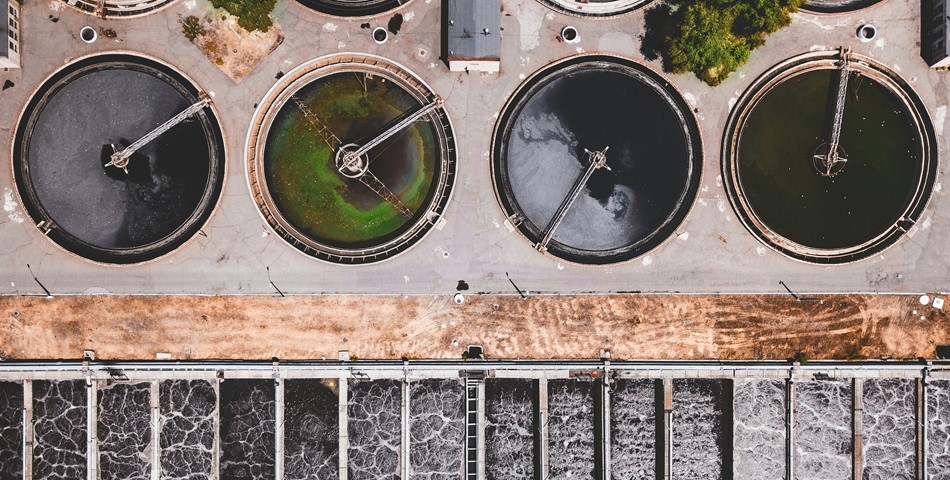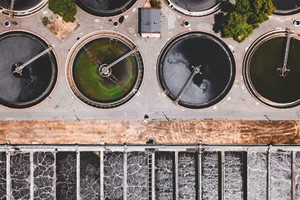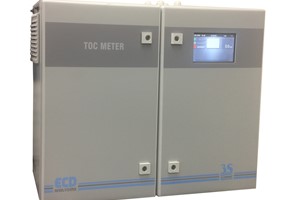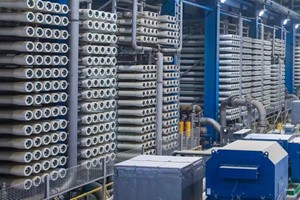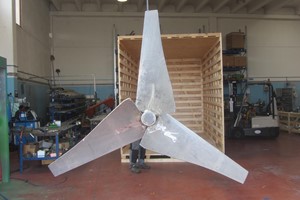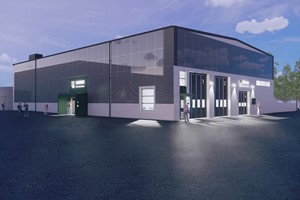In its third year, the LIFE Waste2Coag project, co-funded by the EU LIFE program, is making significant advancements in revolutionizing wastewater treatment. Initiated in October 2021, the project aims to showcase an innovative and cost-effective technology for producing coagulants to eliminate pollutants in wastewater, including emerging pollutants and pathogens. The technology relies on electrolysis to valorize brines and industrial metal scrap waste, offering a sustainable alternative to disposal methods and aligning with circular economy principles.
The significance of the LIFE Waste2Coag project lies in addressing the growing global population, projected to reach 9.8 billion by 2050, which intensifies the pressure on natural resources and exacerbates water scarcity issues. With a surge in metal demands, the scarcity of resources becomes evident, as only a minimal percentage of raw materials required to meet these demands is produced. The project aims to integrate circular economy principles into water treatment plants by repurposing industrial scrap metallic wastes and brines from various sectors, including wastewater treatment and desalination.
The project introduces the Electrolytic System (ELS), developed and optimized by the AIDIMME Technology Institute, in collaboration with project coordinator Global Omnium (GOMSL). The prototype is installed at the wastewater treatment plant in Gandia, Spain, with plans for testing at two additional demo sites in Belgium and Spain. The goal is to create coagulants through the direct recovery of brines and metal scraps, offering an alternative to conventional primary sources of non-renewable origin. Post-completion, the project team intends to propose the inclusion of ELS technology as a Best Available Technique (BAT) in BAT Reference Documents (BREF).
The ELS implementation involves partners such as Aquafin NV (AQUAFIN) and Joviar (JOVIAR). AQUAFIN is preparing for the second pilot installation at the Wulpen WWTP, targeting an operational start-up in 2024. AIDIMME is working on optimizing operating parameters and brine selection routes, anticipating application in urban WWTPs this year.
Brine characterization is a crucial aspect of the project, with JOVIAR characterizing brines from their demineralization equipment. Collaborating with AIDIMME, JOVIAR identifies suitable batches for feeding the ELS, contributing to better waste management knowledge and cost reduction within the company. AIDIMME and GOMSL have processed various brines, determining critical parameters affecting treatment. GOMSL will focus on evaluating produced coagulants and their application in the urban WWTP in Wulpen over the next six months.
The collective progress of the LIFE Waste2Coag project instills confidence in achieving its objectives, assuring positive environmental, societal, and economic impacts worldwide through the adoption of ELS technology.



